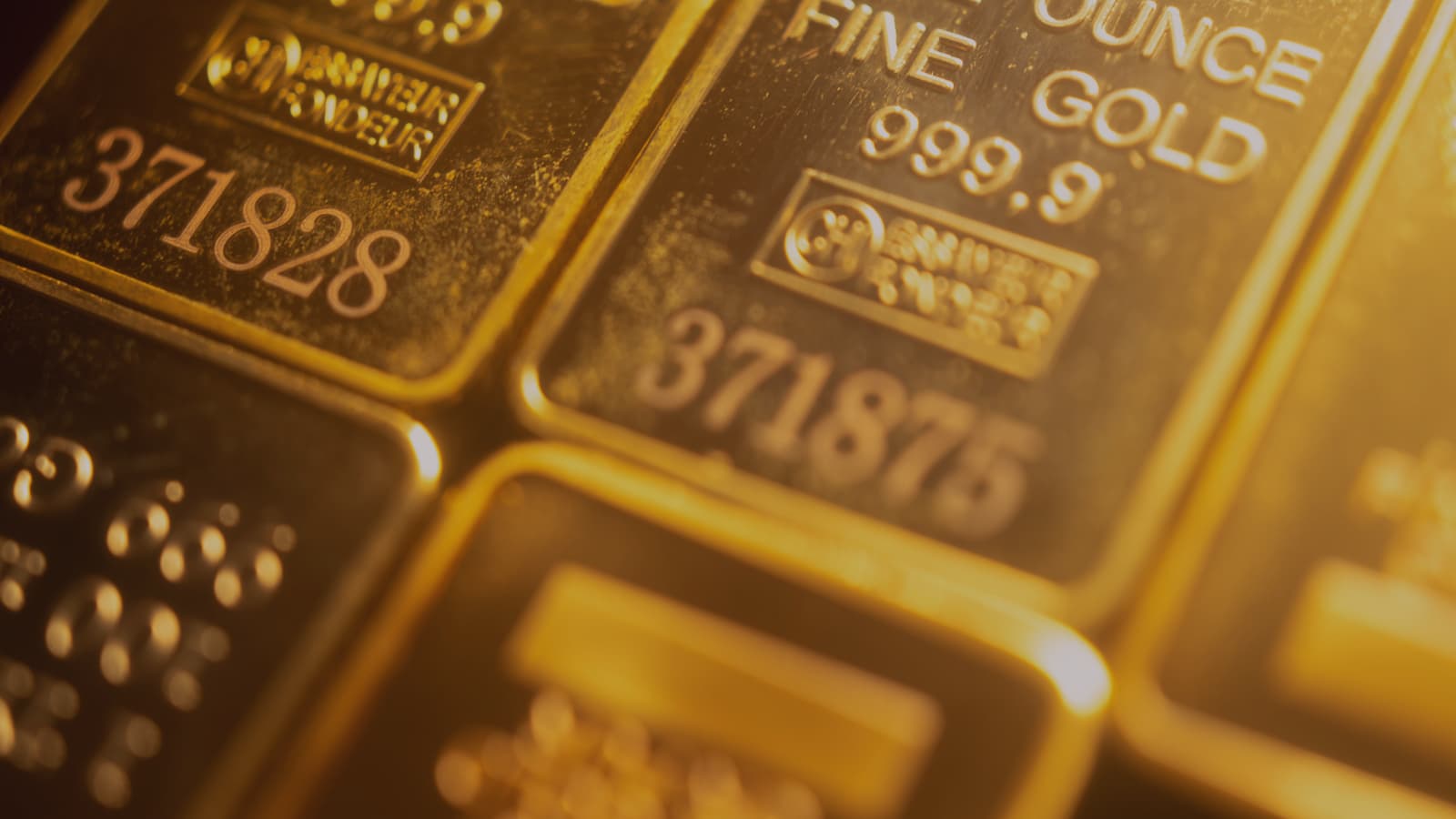
Gold prices are hovering close to the historic $2,500 mark as investors increasingly expect a U.S. interest rate cut. The Federal Reserve's potential move to lower interest rates has been a significant driver of gold's recent price surge. Last week, gold reached nearly $2,510, setting a new record. Traders are now closely watching the Fed’s next actions, which could further impact gold's trajectory.
The surge in gold prices is largely driven by the anticipation of a Federal Reserve interest rate cut in September. Investors are pricing in a 75.5% chance of a 25-basis-point reduction. This expectation has kept gold prices elevated, as traders seek safe-haven assets amidst economic uncertainty. The focus key phrase, 'Gold Prices Near $2,500,' reflects the market's attention on this crucial threshold. As the U.S. economy shows signs of slowing, with recent data on retail sales and unemployment being mixed, the Fed’s decision is eagerly awaited.
Investors are not only focusing on the potential rate cut but also on the broader economic context. The upcoming Jackson Hole meeting, where Fed Chair Jerome Powell is expected to speak, is seen as a critical moment for further guidance. Market participants are also keenly awaiting the release of the Fed's July meeting minutes, which could provide additional insights into the central bank’s thinking.
Geopolitical risks, such as ongoing tensions in the Middle East and uncertainties in global trade, continue to support gold as a safe-haven asset. Additionally, strong central bank buying, particularly from emerging markets, has been a significant factor in gold's rise. For instance, several Chinese banks have recently received new gold import quotas from their central bank, signaling sustained demand despite the high prices.
The global economic environment is another key factor in gold's performance. Lower yields on U.S. Treasuries and a weaker dollar have made gold more attractive to investors. As bond yields fall, the opportunity cost of holding gold, which does not pay interest, decreases, making it a more appealing investment. Furthermore, a weaker dollar makes gold cheaper for holders of other currencies, boosting its demand.
Central banks around the world have also been increasing their gold reserves as a hedge against economic instability. This trend is expected to continue, further supporting gold prices. In the long term, analysts like Kyle Rodda from Capital.com predict that gold will continue its upward trend, driven by a combination of lower yields, persistent geopolitical risks, and strong central bank demand.
While gold has been the main focus, other precious metals have also seen significant movements. Spot silver, for instance, rose by 0.4% to $29.11 per ounce. Platinum remained nearly flat at $954.65 per ounce, and palladium shed 0.7% to $944.43 per ounce. These metals are also influenced by the broader economic trends affecting gold, including interest rate expectations and global demand.
In conclusion, the gold market is currently at a pivotal point. With the potential Fed rate cut and ongoing global uncertainties, investors are likely to see gold prices stay near or even surpass the $2,500 level. The anticipation surrounding the Fed's decisions and the broader economic landscape will continue to play a crucial role in shaping gold's future. For those invested in the precious metals market, staying informed and agile will be key to navigating the coming months.
Remember to stay updated on the latest shifts in the global gold market and what they mean for you by visiting our partner website: https://www.dailyfx.com/gold-price.
Explore the factors driving gold prices close to $2,500 as the Fed considers a rate cut. Get the latest insights on market impacts.
Superior trade execution & trading conditions with the NDD method.

The online FX industry provides a platform for investors worldwide to engage in the buying and selling.

Subscribe to our daily newsletter and get the best forex trading information and markets status updates
Trade within minutes!
Comment (0)